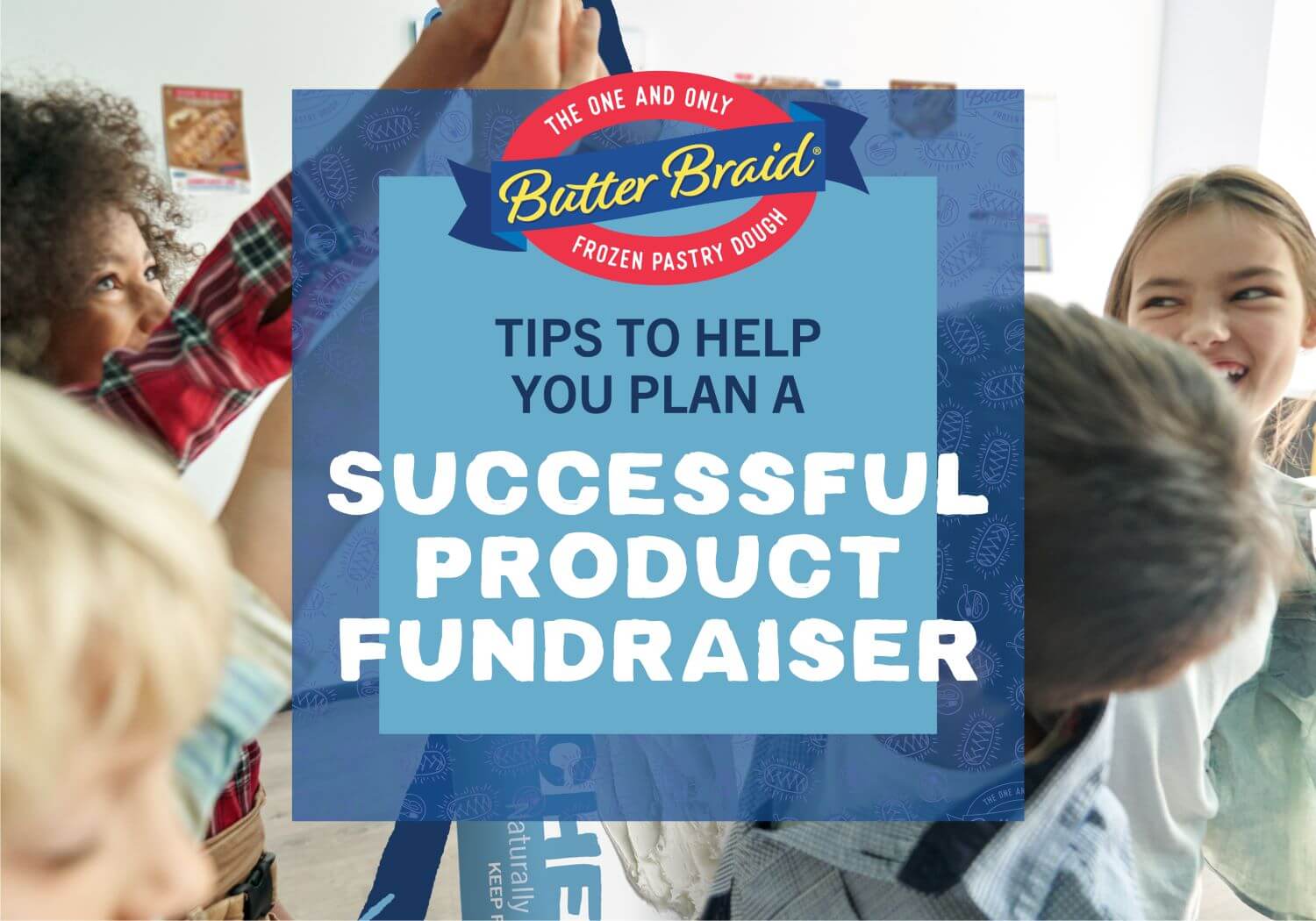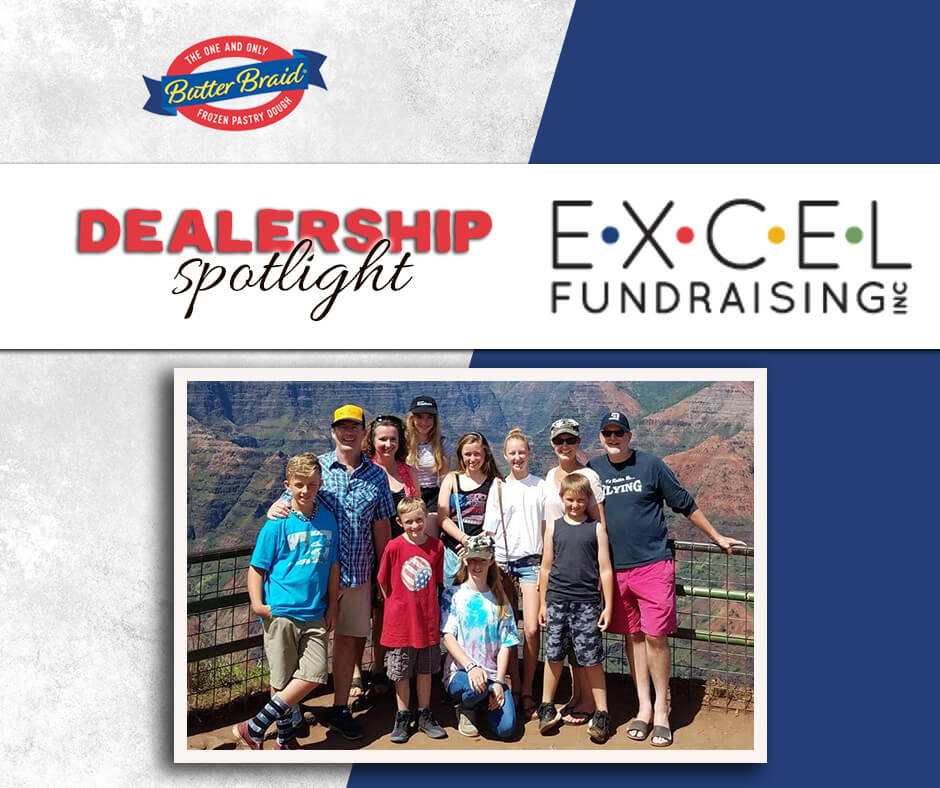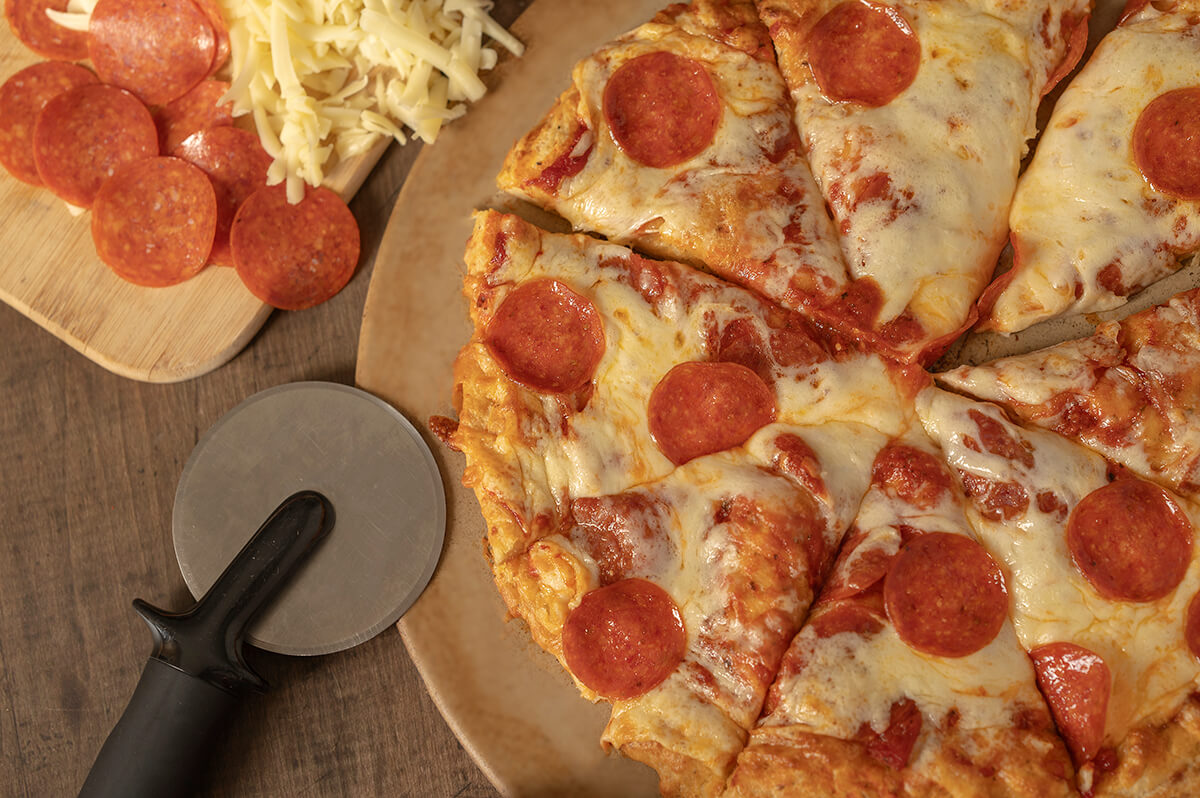Product fundraisers are a time-tested way to raise money, maximize seller participation, and connect with your community. When planned thoughtfully, they not only help groups reach their goals but also create a fun and rewarding experience for sellers, parents, and supporters alike. However, without careful preparation and strategy, even the most promising product fundraiser can fall short of expectations.
In this post, we’ll share 10 essential tips to help you plan a successful product fundraiser. These strategies will provide you with a roadmap to organizing a stress-free fundraising event that not only meets your goals…but exceeds them!
What is a Product Fundraiser?
A product fundraiser is a type of campaign in which an organization sells products to raise funds. Unlike a campaign that relies on donations or sponsorships, a product fundraiser provides supporters with tangible items in exchange for their support which can further incentivize them to give to your group.
10 Tips to Help You Plan a Successful Product Fundraiser
Tip #1: Set Clear and Realistic Goals
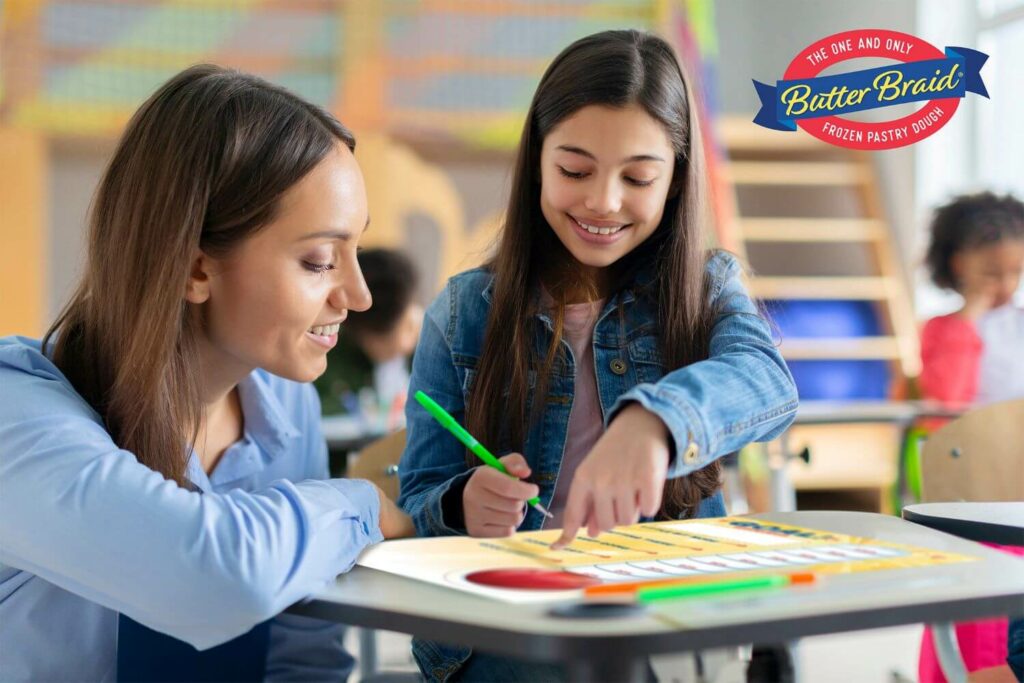
Setting fundraising goals is an essential part of running a successful campaign, but a common mistake is setting goals that are too ambitious or unrealistic. While it’s great to aim high, setting an unachievable target can leave sellers feeling discouraged. On the flip side, setting goals too low means your group may not be as motivated to challenge themselves and do their best.
When you’re ready to begin setting goals for your group, we recommend using the SMART method. Setting SMART (Specific, Measurable, Achievable, Relevant, Time-Bound) goals is a powerful strategy for helping groups achieve their fundraising targets.
You can also try setting individual goals as well as group goals. An individual goal refers to a specific target set for each seller to achieve during the fundraiser’s selling period. Rather than focusing solely on the total amount the group needs to raise, individual goals break that larger number down into manageable portions. These goals give each seller a clear and personal objective in order to make participating in the fundraiser more appealing and less overwhelming.
Tip #2: Choose the Right Partner
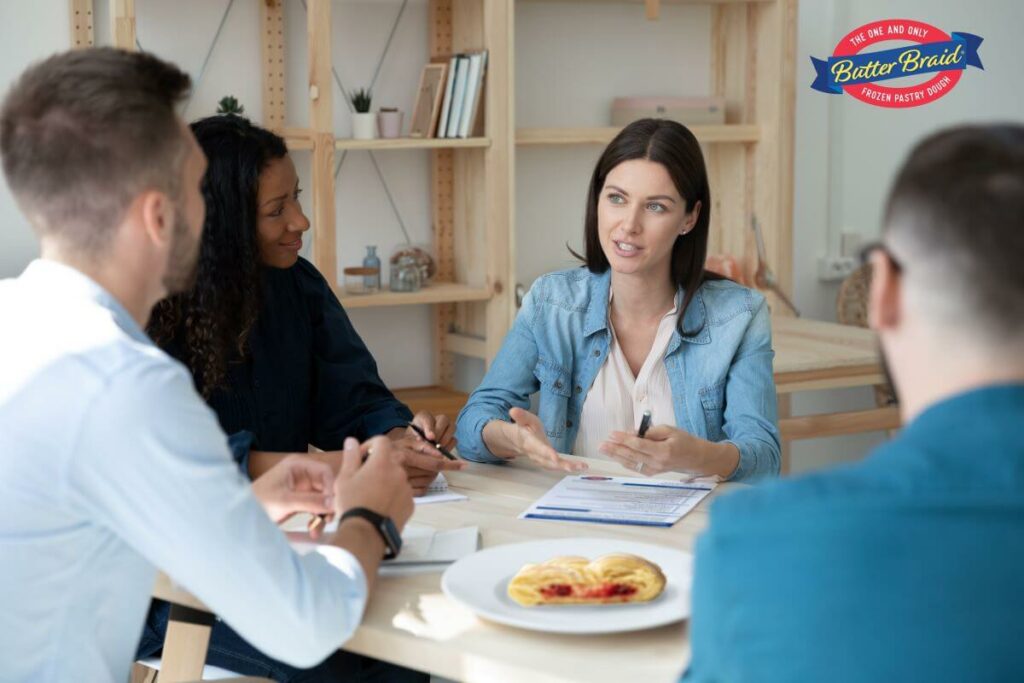
When it comes to picking a fundraiser for your group, you have a lot of programs to choose from. Finding the right fundraiser for your group can make all the difference. A great partner brings expertise, resources, and support to help you achieve your goals efficiently and effectively. They understand your mission, share your passion, and align with your values. They provide tools, strategies, and insights needed to navigate the complexities of running a successful fundraiser.
For more information, check out our blog post Tips on Finding the Right Fundraiser for Your Group.
Tip #3: Build a Strong Team
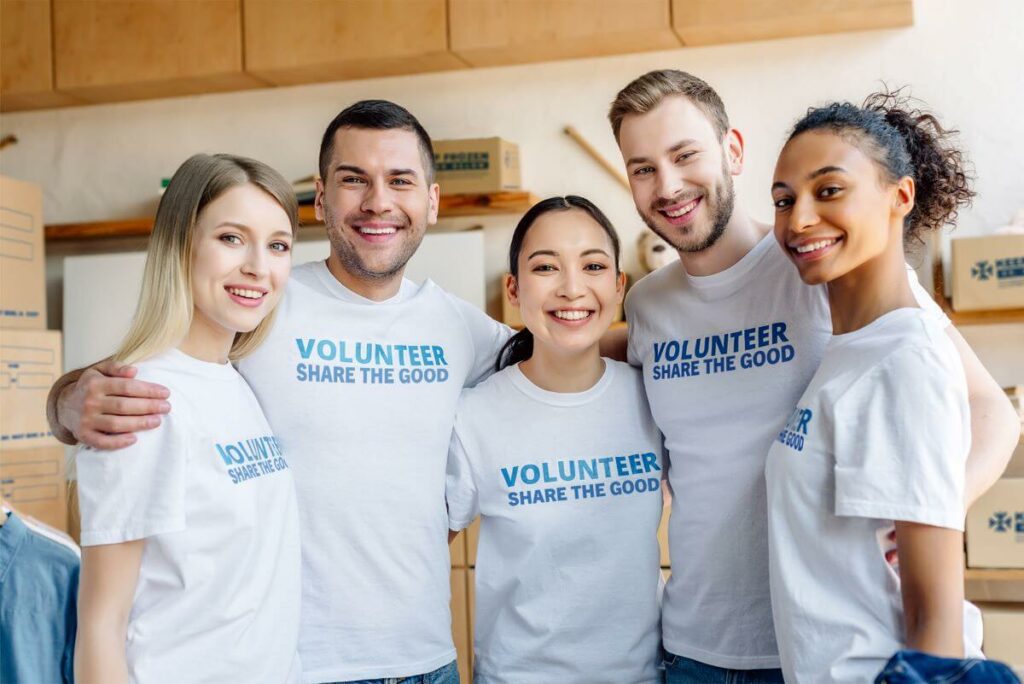
A successful product fundraiser doesn’t just happen; it’s the result of a strong, organized team working together toward a shared goal. Instead of trying to manage every detail yourself, recruit a group of reliable volunteers to help distribute tasks and lighten the load. Encourage your volunteers to take ownership of different aspects of the fundraiser, such as logistics, communications, or distribution. Collaborative effort always leads to greater success.
For tips on recruiting volunteers, check out our blog post How to Recruit Volunteers for Your Fundraiser.
Tip #4: Get Everyone on the Same Page

Clear communication with your sellers and parents is essential when planning a product fundraiser. When everyone understands the plan, expectations, and goals from the start, participation rises, and confusion and frustration drop.
- Start by sharing a detailed timeline of your event. Let sellers and parents know exactly when the fundraiser begins, when orders are due, key milestones, and when the product will be delivered.
- Next, introduce the products you’ll be selling. Provide photos, key selling points, and pricing information to help sellers feel confident promoting the items. Parents, in particular, will appreciate understanding what their kids are offering to friends and family.
- You should also take time to explain the goal and purpose behind the fundraiser, why their participation matters, and how the proceeds will be used. A strong “why” builds buy-in and motivation from everyone involved.
- Finally, offer clear instructions for turning in orders and money and highlight important policies (like who to contact with questions).
Check out this blog post for more tips on improving your fundraising communications.
Tip #5: Let People Know You Need Help
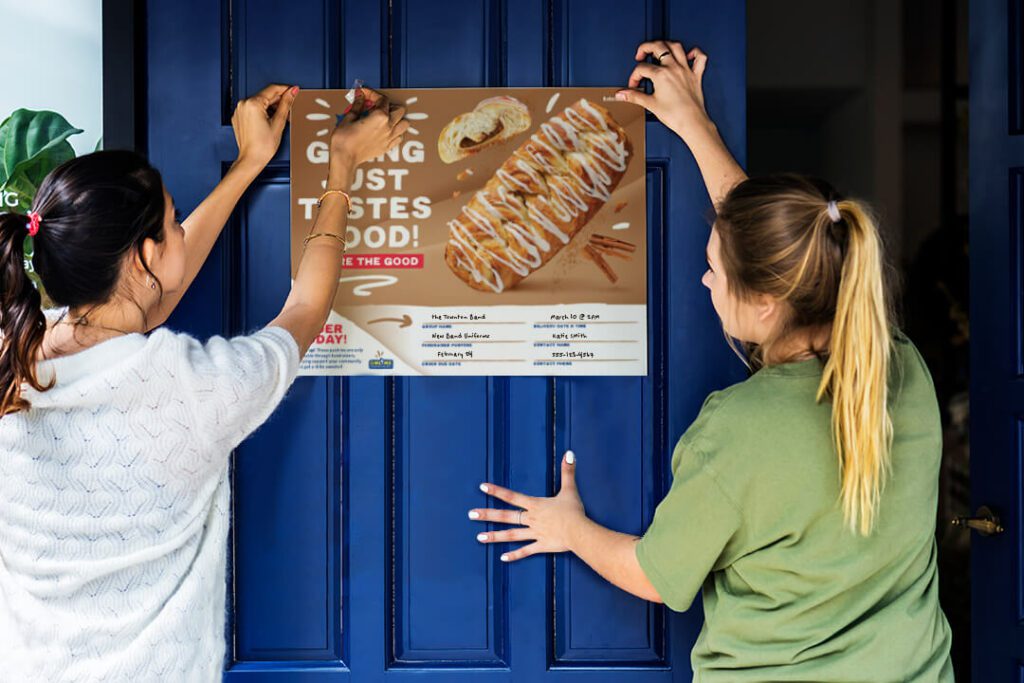
Effective communication with supporters is the cornerstone of any successful fundraising campaign. When people are unaware of your fundraising efforts or the importance of your cause, they are less likely to offer their support. By getting information about your group and your fundraiser out there, you can create awareness, generate interest, and inspire action amongst potential supporters. This not only increases the likelihood of reaching your fundraising goals but also fosters a sense of community and shared purpose around your cause.
There are a variety of methods you can use to get the word out about your fundraiser, including…
- Updating your group’s website
- Utilizing word of mouth
- Planning an email campaign
- Capturing attention with text marketing
- Distributing printed materials
- Creating posts for social media
You can find more information on these strategies and tools in our blog post Effective Strategies for Promoting Your Fundraiser.
Tip #6: Give Your Group Enough Time to Sell
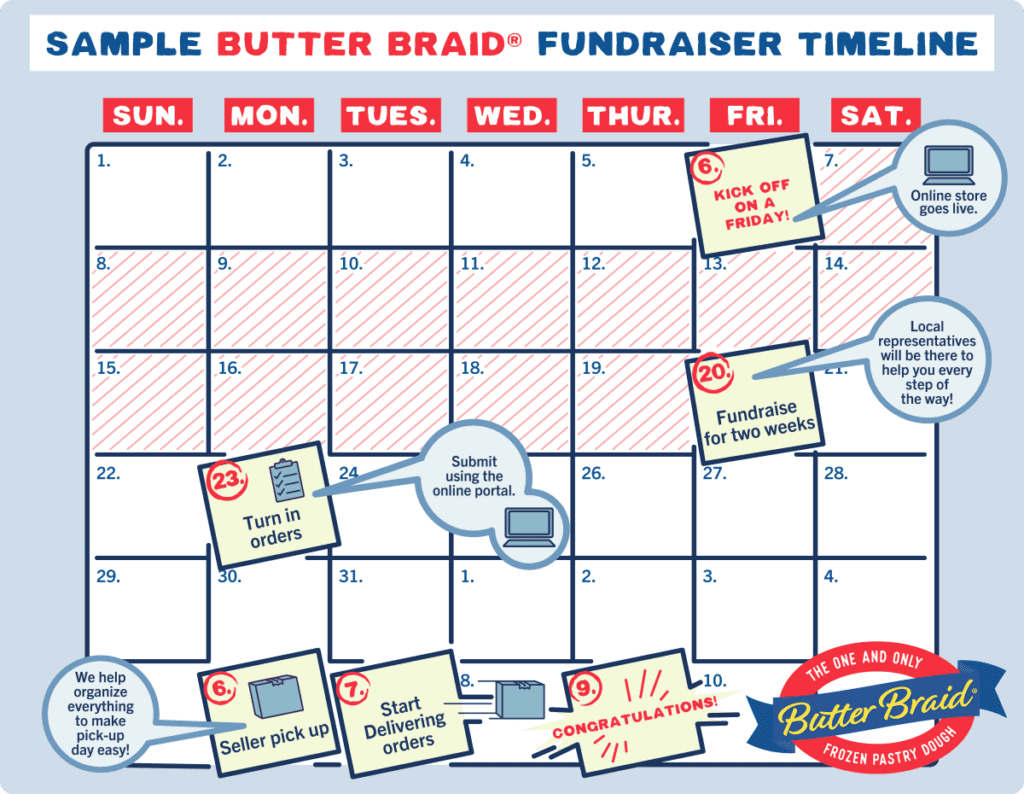
Timing can make or break your fundraiser. You want to create enough momentum to keep sellers engaged without letting the campaign drag on too long. We recommend keeping your selling period to about 2-3 weeks, as this gives sellers ample time to connect with potential supporters while preventing seller and supporter fatigue.
For best results, start and end your sale on a Thursday or Friday. Launching at the end of the week allows sellers to take advantage of the weekend when families are more likely to get together or other community events are taking place. Furthermore, bringing your sale to a close at the end of the week creates a natural deadline that feels urgent but manageable.
Tip #7: Give Frequent Reminders
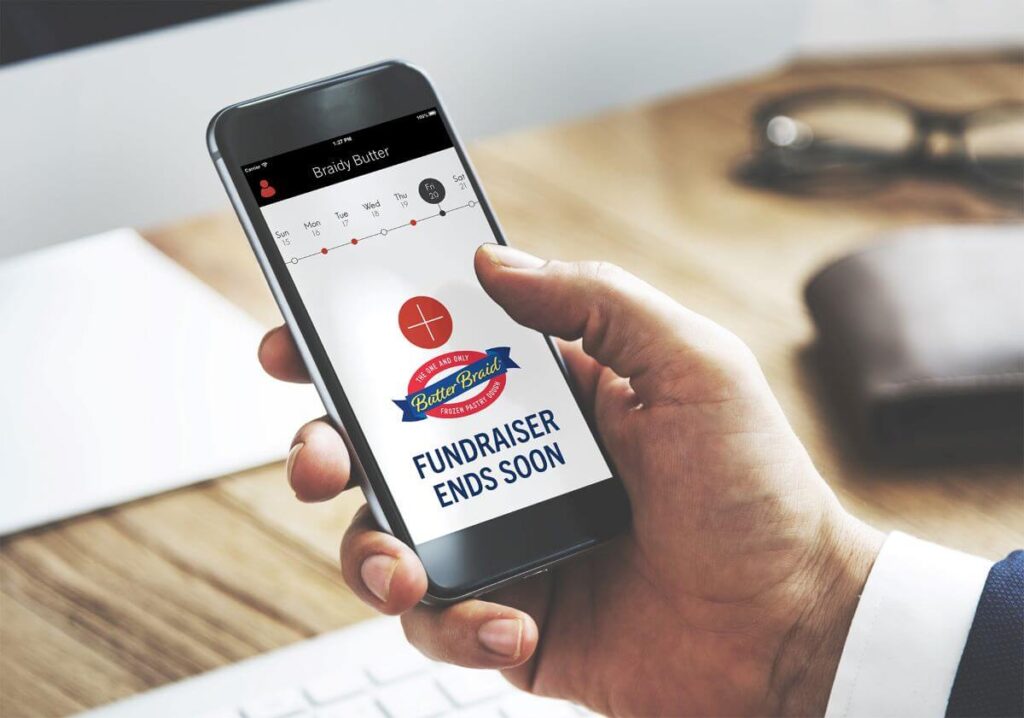
It’s a well-established fact: people are busy. And even those who are eager to support you can forget about deadlines or miss important details if you don’t stay in front of them. That’s why it’s important to regularly communicate with sellers, parents, and supporters throughout your fundraiser. Send quick updates through emails, texts, social media posts, etc. Your messages don’t have to be long, just friendly nudges that remind them to keep sharing, keep selling, and keep getting their orders in.
This is also the perfect opportunity to remind everyone of the “why” behind your fundraiser. Each reminder is a chance to reconnect your audience with the purpose of your efforts, whether it’s raising money for new uniforms, funding a trip, or supporting a community project. Reminding everyone of the impact their participation makes can reignite motivation and encourage more sales.
Tip: Try setting a reminder schedule at the start of your fundraiser (start with sending them out once a week then increase their frequency right before the deadline). This will prevent you from feeling overwhelmed when you’re in the busiest part of your campaign.
Tip #8: Monitor Progress and Adjust if Needed
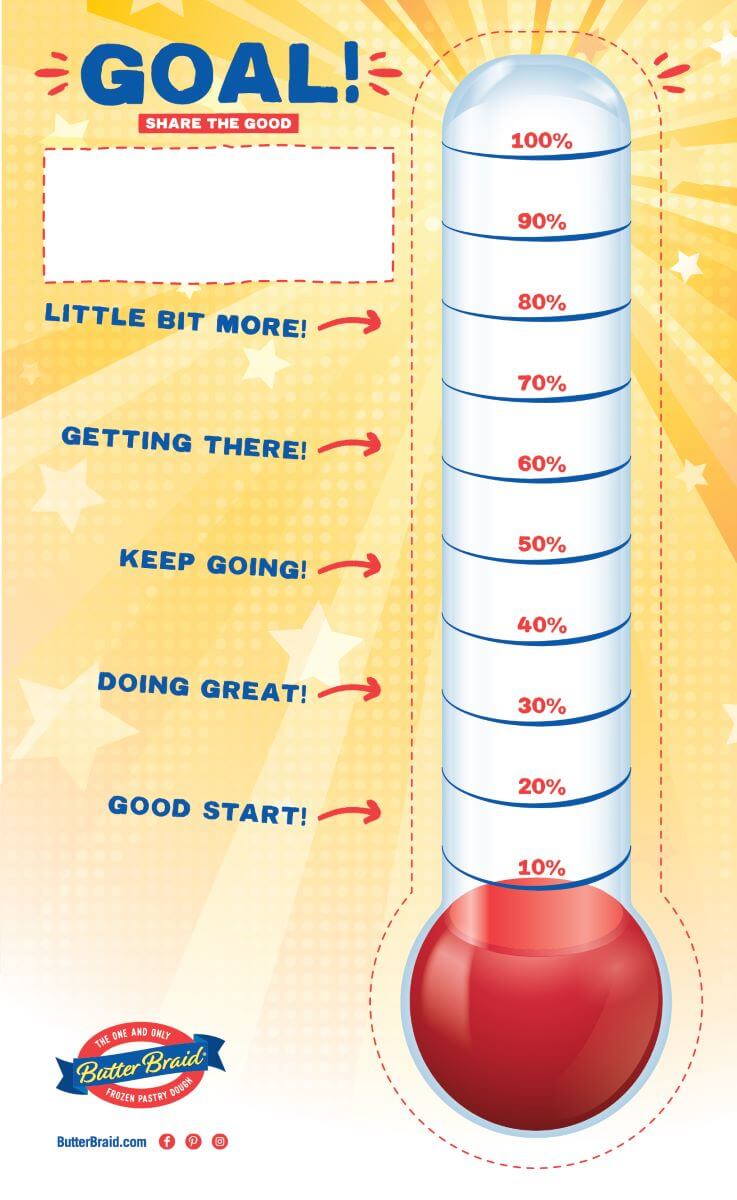
A successful product fundraiser involves more than just hosting a kick off and hoping for the best – it involves tracking your progress and being willing to make adjustments along the way. Keeping a close eye on how your fundraiser is going helps you spot challenges early and find ways to boost results before it’s too late.
Check in regularly with sellers and parents to see how sales are progressing. Are people excited? Are the sellers hitting their goals? Do they have questions or need some help gaining momentum? If you notice things starting to slow down, it might be time to send out an extra reminder.
The key is to stay flexible. Fundraisers rarely go exactly as planned, but with consistent monitoring and small course corrections, you can keep energy high and ensure you’re steering your group toward success!
Tip #9: Make Product Pickup Day Easy

After all the hard work your group has put into selling, product pickup day is your moment to shine! A smooth, well-organized pickup process helps ensure everyone is ready to end your fundraiser on a high note.
Start by choosing a delivery location that’s easy for everyone to access, like a school gym or community center. Make sure you have plenty of space to spread out the products so sellers can quickly find and pick up their orders. It’s helpful to sort orders by seller name ahead of time and double-check quantities to avoid mix-ups. This may be a service your fundraising partner already offers (the best ones do!). So, make sure to ask any potential partners about it when doing your evaluation at the start.
Communication is key here, too. Send reminders to sellers and parents a few days before pickup, letting them know when and where to get their orders, how the process will work, and any special instructions (for example, if the products need to be kept cold). If your fundraiser involves frozen or perishable items, make sure everyone knows to bring coolers or plan for quick transportation.
Tip #10: Have Fun!
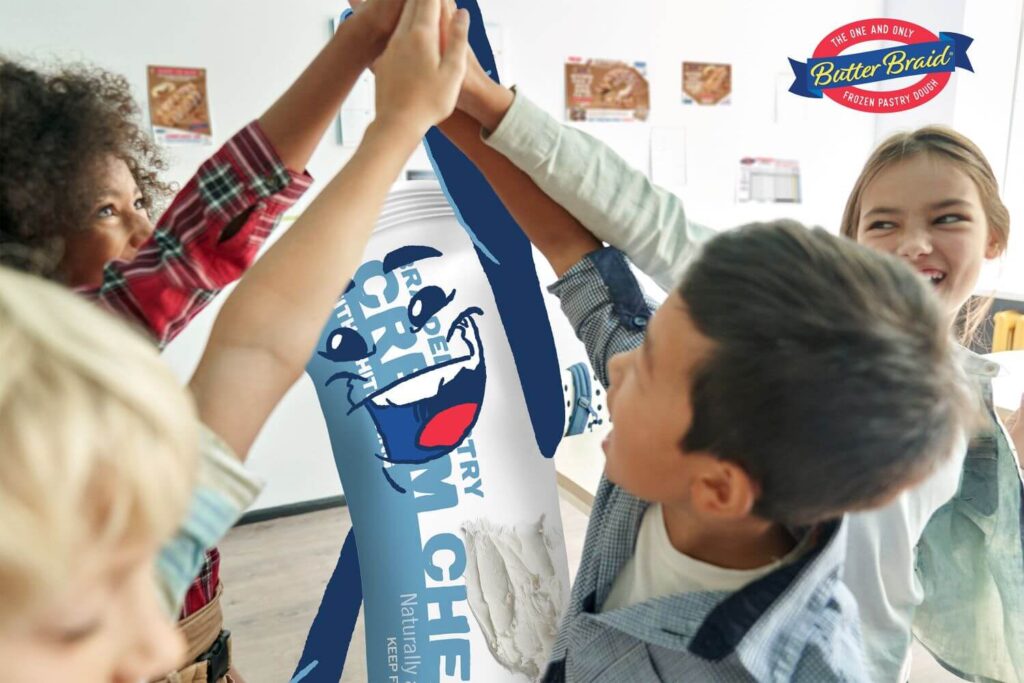
Fundraising is important work, but that doesn’t mean it can’t also be fun! Taking time to ensure you’re bringing a level of excitement and positivity to your fundraiser will help energize your sellers, boost engagement, and create lasting memories.
Celebrate milestones during the fundraiser with small rewards, shoutouts, or special activities. You could also have a little friendly competition – like a contest for top seller or class with the most participation – to get group members pumped to sell. Even something simple like sending upbeat group emails, sharing encouraging social media posts, or doing a daily update of your goal progress tracker can make a big difference in keeping spirits high.
It’s also important to recognize and celebrate the group’s efforts, no matter the final results. Host a small party, share a fun thank-you video, or surprise them with a little treat. These celebrations reward their hard work while also encouraging them to get involved in future fundraisers.
When you add a little fun into every stage of your program, you’ll create an experience that people want to be part of – and that’s the real secret to long-term fundraising success!

